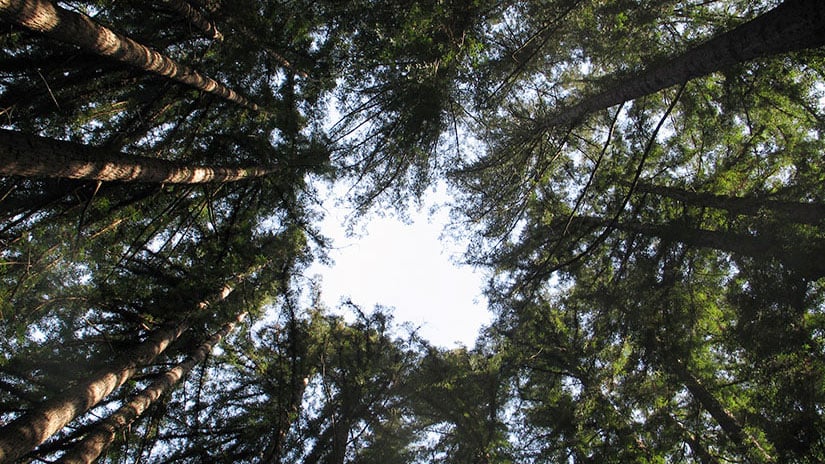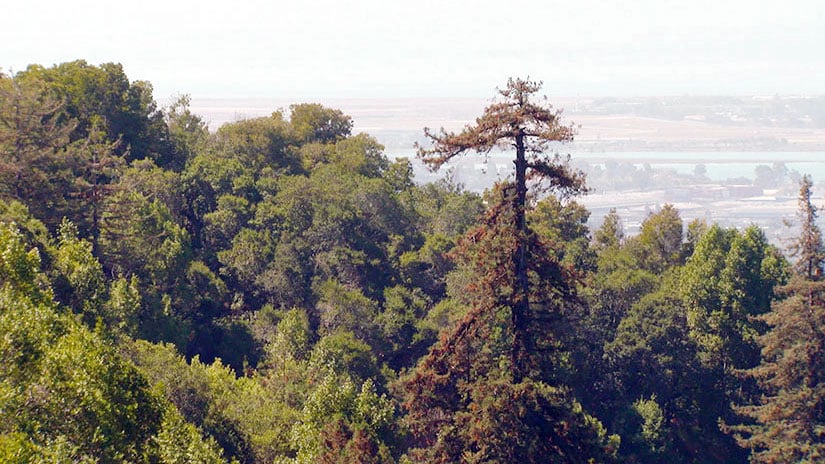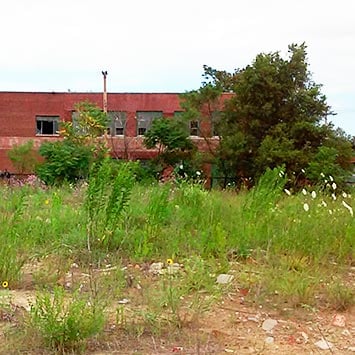Oakland’s Redwood Forest | San Francisco
Redwood forests can be mysterious places, but this one raises all kinds of questions. What’s a redwood forest doing in Oakland? Why do the trees grow in concentric circles? And why is one redwood so much bigger than the rest? We have the answers.
The California redwoods in the East Bay hills of Oakland have a long family heritage to live up to. The 150-year-old trees here are all second- and third-generation redwoods that are literally growing in circles around the remnants of their ancient ancestors.
Nestled at the roots of the new-growth redwoods are the hollowed stumps of their once-mammoth forbearers, which were known to grow upwards of 30-feet-wide and 30-stories-tall. Since being cut down during the Gold Rush by some of the Bay Area’s earliest European settlers, the original redwoods have sprouted “fairy ring” clones of 10 to 20 second-generation redwoods around the perimeter of the old stumps.
This resurrection is an unusual phenomenon for conifer trees, according to California Department of Fish and Game senior vegetation ecologist Todd Keeler-Wolf, as most cone-bearing trees do not re-sprout.
It took just more than a decade between the 1850s and 60s to wipe away the original redwood forest in the East Bay hills. A mid-19th century logging frenzy harvested every redwood tree in the forest to build San Francisco, with the exception of one tree that was miraculously spared.
Dubbed the “Grandfather Tree”, the 250-foot-tall, 26-foot-wide first-generation redwood has been towering over the city for more than five centuries from a remote, rocky canyon in Leona Heights. The “Grandfather Tree” is the only known old-growth redwood survivor here.
Old-growth casualties here included the “Navigational Trees,” an immense pair of redwoods that were once used by sailors to chart their way across the bay. Sailors would line the two trees up with the northern tip of Yerba Buena Island to avoid Blossom Rock, a dangerous 100,000-square-foot rock that was submerged between Alcatraz and Yerba Buena Island. A memorial to the “Navigational Trees” is located at Roberts Regional Recreational Area in the 1,830-acre Redwood Regional Park.

The Oakland redwood forest that has grown up in the intervening century and a half is persisting in some of the driest redwood habitat in the world. Redwoods need plenty of moisture for survival, and because the trees in Oakland are not getting enough moisture from rain, the redwoods are instead quenching their thirst with fog.
In the summer, Pacific Ocean fogs sweep into the cool San Francisco Bay inland through the Golden Gate, while winter ground fogs known as “tule” fogs come from California’s Central Valley. The redwoods take in moisture from the fog through their leaves, and excess condensation drips down from their leaves.
“You’ll just feel drops of water coming off from the tips of the beautifully-constructed needles,” Keeler-Wolf said. “It actually rains from the leaves, from the fog drip and the moisture condensation.”
Due to the cool, moist, and shaded ground conditions that redwoods provide, a lush ecosystem of moisture-dependent ferns and shrubs grows beneath the trees along the forest floor. This understory vegetation serves as a natural bio-indicator of the amount of moisture that the redwoods are receiving. The ferns here are diminishing in size, which suggests a drying trend.
But recent droughts in California are not necessarily reason to be concerned about the future of this forest.
“Redwoods have been around for millions and millions of years, the same species has been through a lot and will continue to go through a lot,” Keeler-Wolf said. “Individual groves may shrink and die out, but redwoods are survivors and they will continue to adapt to the conditions they are able to grow in.”

— Sean Keenehan






